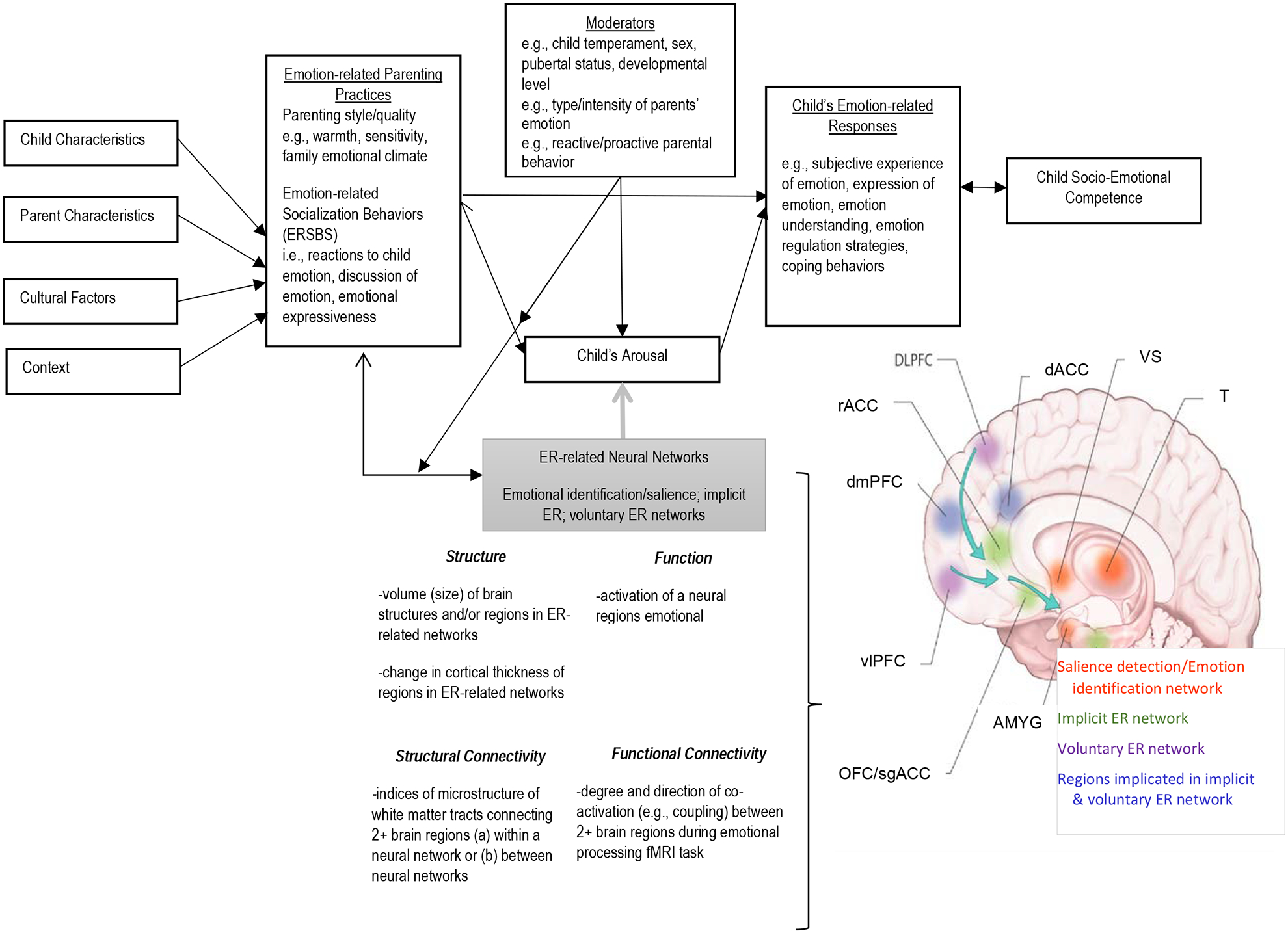Figure 1. Extension of parental emotion socialization model (Eisenberg and colleagues 1998).

The review examines evidence that brain structure and function during childhood and adolescence varies in association with a normative range of variation in parenting experiences. Eisenberg and colleagues highlighted emotional “overarousal” as a likely consequence of parental ERSBs that were not supportive of youth’s emotion experiences, for example parental suppression/other negative responses to child emotional expression, parental modeling of high negative affect, and discouragement of emotion discussion. We extend their model to suggest that parental ERSBs influence youth’s emotional arousal (i.e., youth’s emotional reactivity/regulation) via ER-related neural networks, specifically the structure and function of salience detection and emotional identification, voluntary emotion regulation (ER), and implicit ER networks. Based on findings from studies examining the neural substrates of emotion regulation (see Phillips et al., 2008), in terms of brain structure, we expect that “negative” or unsupportive parenting behaviors will be associated with reduced gray matter volume in prefrontal cortical regions important for voluntary ER processes (especially before adolescence) and enlarged gray matter volume in neural regions within the salience detection network. In terms of structural connectivity, we hypothesize reduced white matter integrity in tracts linking prefrontal and subcortical regions reflecting alterations to the neural architecture of the voluntary ER network in youth who experience higher levels of negative/unsupportive parenting. We also expect that negative/unsupportive parenting will be related to heightened activation of subcortical regions within the salience network, as well as reduced activation in anterior regions within the voluntary and implicit ER networks (e.g., dlPFC and vlPFC, dACC), particularly when youth are processing negative emotional information. Finally, with regard to functional connectivity, we posit associations between higher levels of negative/unsupportive parenting and weaker inverse coupling between the amygdala and dlPFC/vlPFC after the transition to adolescence (Callaghan & Tottenham, 2016; Silvers et al., 2017). These alterations in neural structure and function would be observed behaviorally as increased negative emotional reactivity, ER difficulties, and increased behavioral problems as well as elevated risk for affective disorders. In contrast, “positive” and supportive parenting behaviors are thought to promote adaptive responses by decreasing youth’s negative emotional arousal and/or enhanced recruitment of PFC regions supporting implicit/voluntary ER processes. At a neural level, this support could occur via the modulation of youth’s neural responses to negative emotional information in regions within the voluntary ER neural network. As such, we hypothesize that positive parenting would be associated with functional activation and connectivity patterns reflecting less activation in the salience detection network when youth encounter negative stimuli. We would also expect greater integrity of white matter tracts between prefrontal and limbic regions (e.g., uncinate fasciculus), which could serve as the neural mechanism for the development of stronger inverse functional connectivity patterns between PFC and amygdala during adolescence.
Notes. AMYG=amygdala; OFC=orbitofrontal cortex; sgACG=subgenual cingulate cortex; vlPFC=ventrolateral prefrontal cortex; dmPFC=dorsolateral prefrontal cortex; rACC=rostral anterior cingulate cortex; dlPFC=dorsolateral prefrontal cortex; dACC=dorsal anterior cingulate cortex; T=thalamus.
Image of brain regions adapted from Ladouceur CD, Versace A., Phillips ML. (2015). Understanding the Neural Circuitry of Emotion Regulation: White Matter Tract Abnormalities and Psychiatric Disorder. In LJ Kirmayer, R Lemelson, & CA Cummings (Eds). Re-visioning Psychiatry: Cultural Phenomenology, Critical Neuroscience, and Global Mental Health (pp. 236–272). New York, NY: Cambridge University Press.
